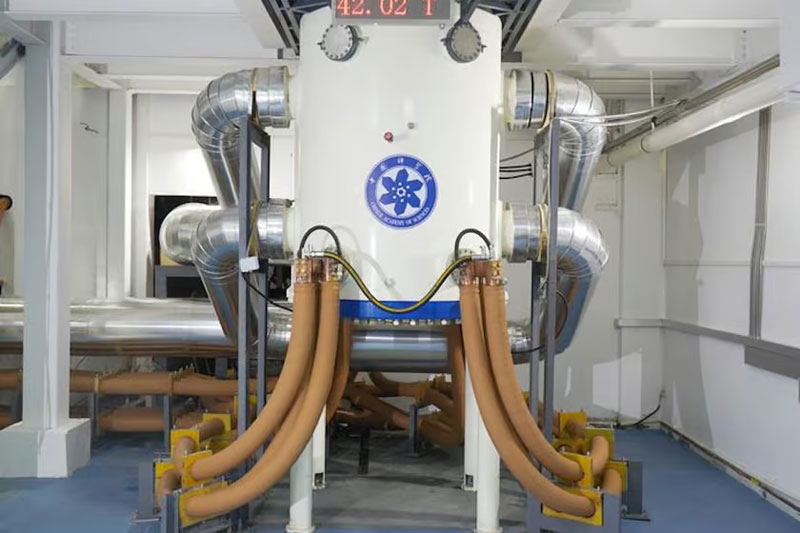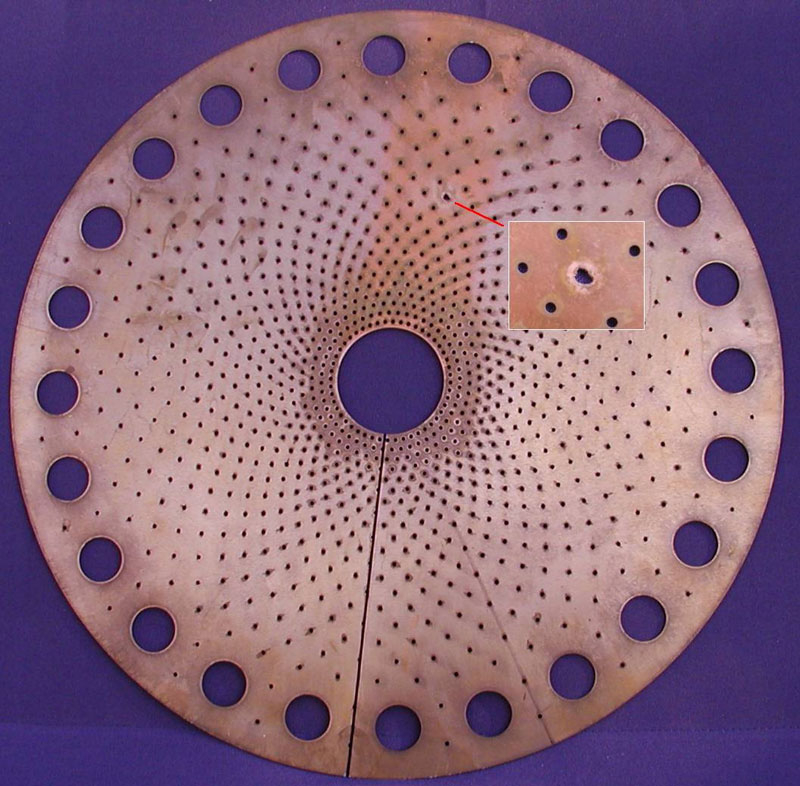Scientists from China presented an electromagnet that does not use superconductivity, which set a world record – it created a stable electromagnetic field of 42 Tesla (tesla), beating the previous record of a similar American installation by 0.6 Tesla. Such a powerful magnetic field is necessary both for the development of even stronger magnets and for solving many pressing problems in materials science.

Image source: HFIPS
In recent years, creating extremely powerful magnetic fields has become easier thanks to the use of superconductivity. Taking into account cryogenic cooling, this is associated with lower energy costs for the process itself and makes it possible to achieve even higher values of magnetic field strength. The same team of Chinese scientists, for example, using a hybrid superconducting magnetic installation two years ago achieved a magnetic field strength of 45.2 Tesla.
However, the use of conventional electromagnets, sometimes called resistive (since the current in their coils experiences resistance when circulating through the circuit), in some cases turns out to be more profitable. At least they do not require cryogenic equipment, although it is still impossible to do without active cooling – the winding gets very hot. In such cases, the Bitter magnet was invented for optimal cooling of powerful electromagnets.

An example of one of the turns of a Bitter magnet made of a copper plate. Image source: Wikipedia
A Bitter magnet consists of alternating layers of conductive and insulating materials into which holes are drilled to create a spatial spiral pattern. The magnetic field in the magnet seems to be focused underneath it, reaching extreme values, and water or other coolant circulates through the holes at tremendous speed, removing heat from the windings. Chinese scientists were able to get ahead of their US colleagues by creating a more advanced electromagnetic installation, and promise to surpass this result in the future.